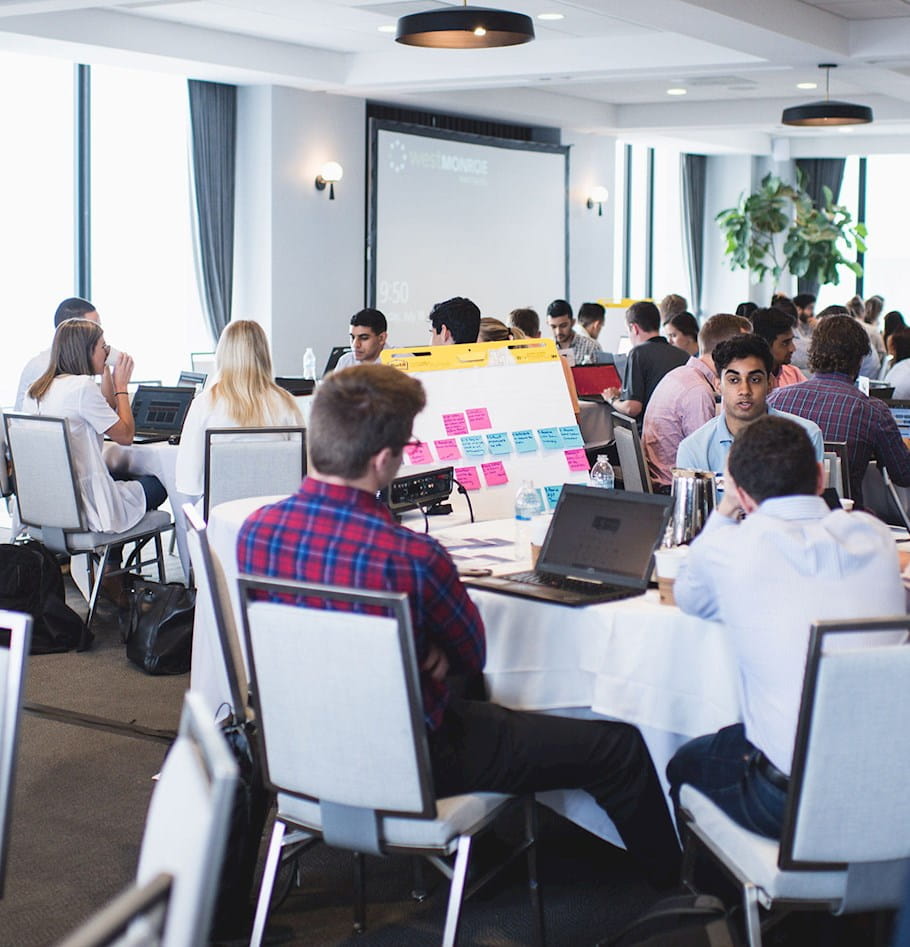
Nov. 15, 2017 | InBrief
Taming the beast: Journey of an analytics intern at the zoo
Taming the beast: Journey of an analytics intern at the zoo
Change can be tough. When a new technology advancement is implemented at your current employer, that can be even harder. Especially for those who have worked for years on a process successfully, the question always comes up “why change what isn’t broken?”
This past summer I experienced change first hand, both personally and professionally. As I started my summer internship with West Monroe, I entered a very different day-to-day routine than I was used to in college: new coworkers, new projects, new experiences, and a new city. Above all this newness, what I expected the least was to be put on an analytics project that was a part of West Monroe’s corporate social responsibility program: a pro bono project at a local zoo. The zoo’s end goal was to make it easier for the keepers and curators to push and pull animal welfare-related information. To achieve this goal, they needed help creating an all-encompassing data warehouse that would compile the disparate data sources within the zoo.
For 10 weeks, along with a fellow West Monroe intern, I worked at the zoo to interview curators as well as keepers about the following:
- Current different data sources they had
- Issues they had with their current animal inventory management system
- What they would ideally like built in a new, but integrated, animal management system
Going into this project my fellow intern and I knew that asking zoo employees to make a change to their existing record-keeping system could be challenging, as their use of data sources that were already in place and that had historically been working that way for years. We recognized the organizational challenges that stemmed from designing and implementing a new data warehouse for the keepers to use. Thus, going into every interview, we were determined to explain the system in detail to the person sitting across from us so that they would become excited with the idea of a new animal management system that would minimize the over-communication and double entry that the keepers currently dealt with.
We ended up interviewing 22 different employees which ranged from a lead keeper of birds, to the associate curator of mammals, and up to the vice president of clinical medicine. We uncovered many different and varied data sources that these employees use on a regular basis, and as a result our data catalog quickly grew.
After finishing these various interviews, we gained an even greater appreciation for local zoos all over the world. Everyone had such a wonderful love for the animals they cared for, and it re-enforced our goal to create something that would enable them to better care for the animals, in addition to all they already do. Ultimately, we uncovered that we needed to build a system that would give the zoo employees more of what they wanted: time and energy to care for their animals, by reducing the time required to spend over-communicating data between groups by making it easier to share data across the zoo.
As we entered the final phase of our project, the gap analysis, we had a greater understanding of what the keepers used different data sources for, and what they needed to improve data collection and animal welfare analysis for the future. These interviews and analysis led us to a mutually beneficial arrangement, where all of us were learning from each other.
After experiencing personal change and witnessing the zoo react to change, I realized that disruption and adjustments can be difficult, but they are worth the growing pains. Stepping outside of our comfort zones, both technologically and socially, enable us to see the world as a place that is ever-changing and ever-improving so that we could really make an impact on organizations such as the local zoo. Overall, I hope that the keepers and curators at the zoo recognized the value of new technology and leveraging data at their workplace to better care for animals of all shapes and sizes.
Change can produce a totally different animal than what you are used to, but if there’s one thing I learned from my summer at the zoo, it’s that those animals can be tamed with a little time and energy.


